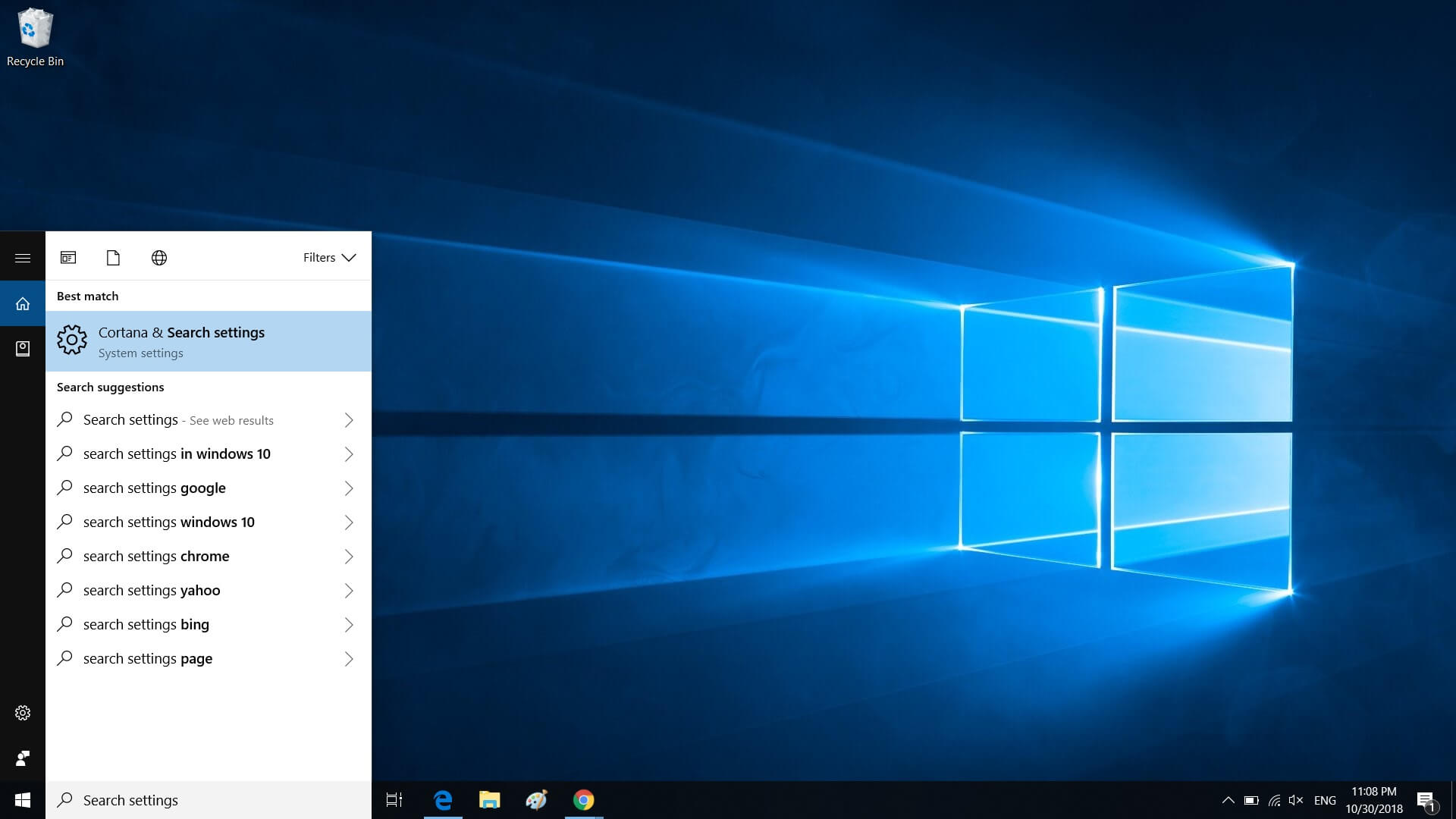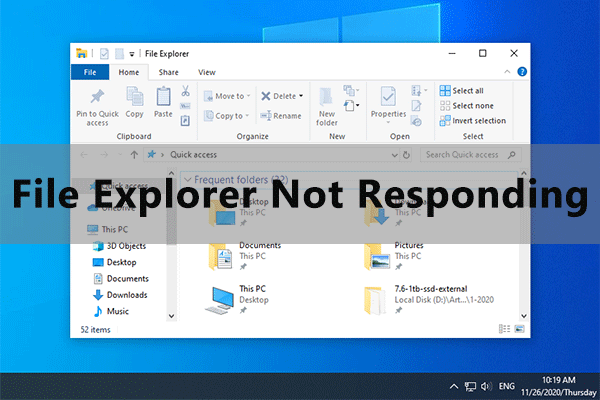
It's a very good approach, but far too high-maintenance for my taste. I used Gentoo for a very long time (2005-ish to 2009 or so) and tried Arch, too, both back then (after I, uh, toasted a power supply compiling packages for five days straight) and more recently, about a year ago. Depending on what I'm installing (OpenBSD on my laptop, Debian on my desktop) it takes about five minutes of accepting defaults and waiting for progress bars to fill, then another ten minutes until the packages installs (most of those ten minutes is spent on LaTeX, to be honest). I keep /home and /opt separate, so upgrading typically consists of saving a list of packages, wiping everything but /home and /opt, doing a fresh install and reinstalling the packages.

My latest attempt has been miserable, I spent half a day nursing my Ubuntu station at work back to health.īesides, it's a trend that I expect to see reversed soon enough, given the direction in which Linux desktop is heading nowadays.Įdit: empirically, what has greatly simplified my life in this matter is being old-fashioned about partitioning.

On the other hand, I can't remember ever managing to get a clean upgrade on Ubuntu after 8.04 or so. I have Debian and (unexpectedly enough.) Fedora services that I've managed to drag along two and, respectively, three major releases. On the other hand, many/most distributions have major releases every 6-12 months, and the upgrade process is a lot more hit and miss. (That was one of the magic things about Windows 8 that Windows 10 doesn't quite replicate: minimizing a properly built application and watching the application's memory and CPU usage quickly drop to zero.) Windows 8 was also strict enough forcing this lifecycle (closing out applications sometimes seconds after minimizing and attempting to restore them quickly on window restore) that it showed how bad developers can be at programming hard things like proper app lifecycle management, so they begged Windows to be less strict about it. The complaints about this lifecycle model from app developers is that is hard to program for.

This is good beyond just system restarts and good in general to know that applications would typically come back to where you left off after the system losing connectivity or going to sleep or unloading an application to save memory/CPU while you aren't actively using it. One of the things I thought Windows 8 did really right was trying to instill into applications the lifecycle that they could be force closed/rebooted at any time and should be good at saving and restoring state across application starts.


 0 kommentar(er)
0 kommentar(er)
